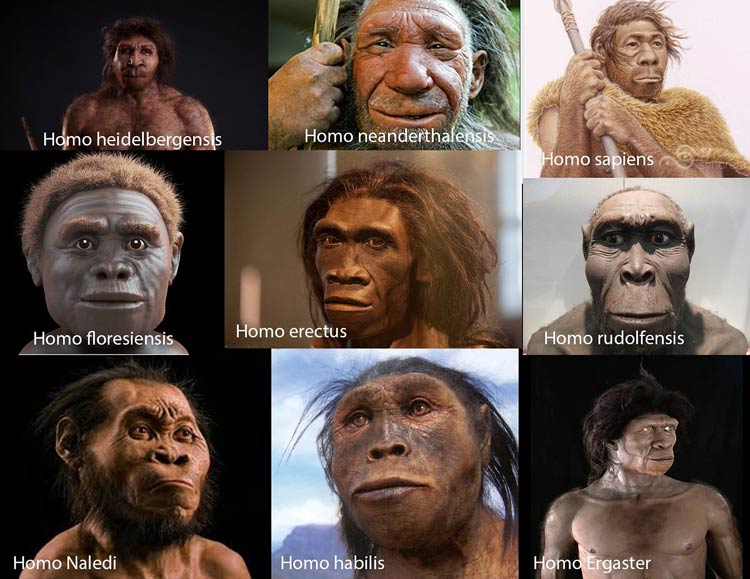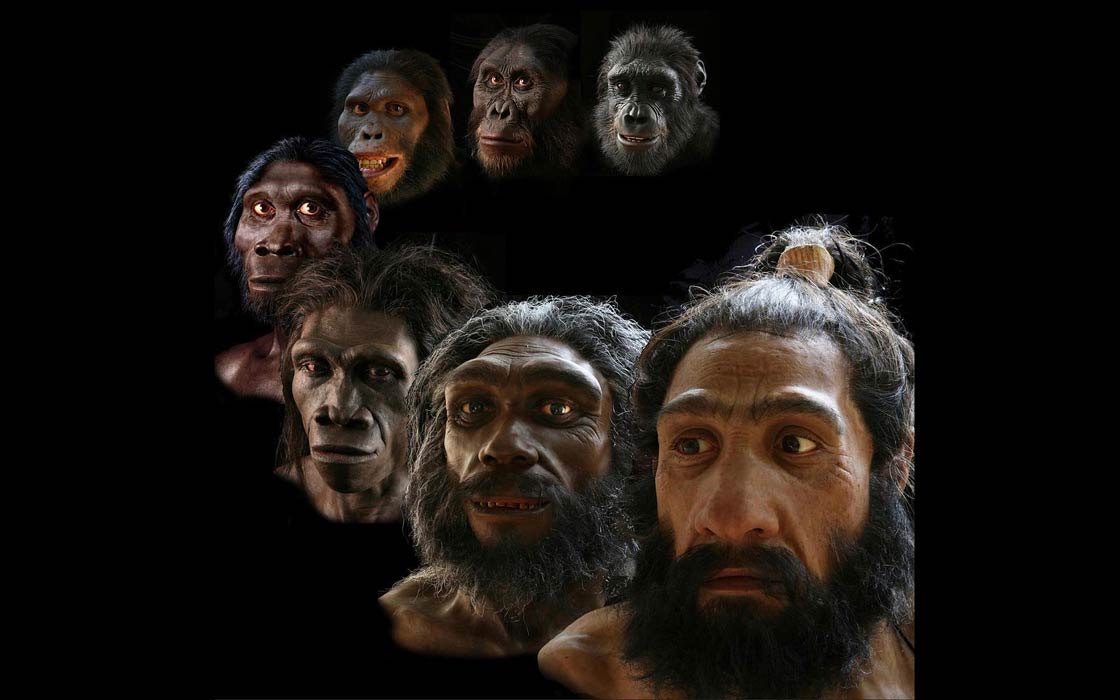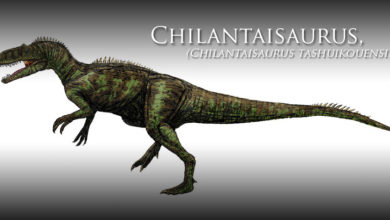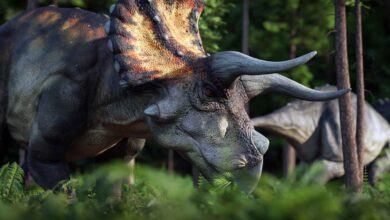Mysteries of Homo sapiens evolution
Imagine an African savannah millions of years ago: a scorching sun, vast plains, and our ancestors taking their first steps as bipedal beings. Unlike their hairy cousins – chimpanzees or gorillas – these early humans look almost alien and… naked. Their bodies were losing their thick fur and revealing smooth skin. Why? What made Homo sapiens a “naked ape,” as zoologist Desmond Morris called us? The answer lies in the extraordinary labyrinth of evolution, where every change was a response to the challenges of life on Earth thrown by nature. Let’s explore some of the mysteries of evolution that made us wear jackets in winter 🙂
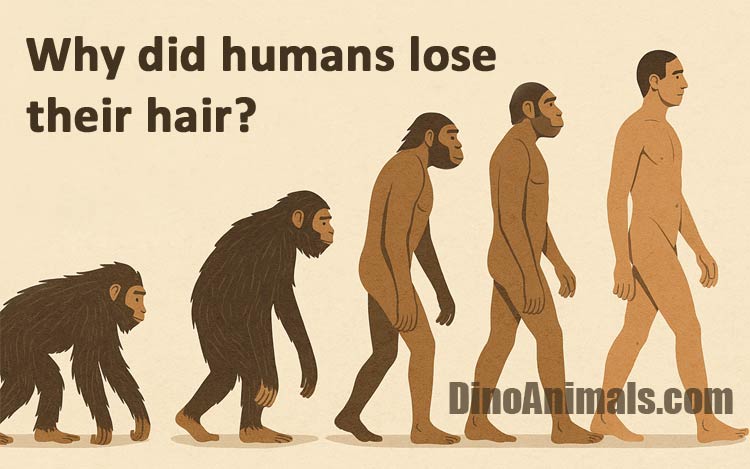
Savannah: A new life, new rules
Hundreds of thousands of years ago, our ancestors left the dense forests where trees offered shade and shelter. In the open spaces of the savannah, new opportunities awaited – but also dangers. Thick fur, once an ally, became a burden in the world of the relentless African sun. Unlike most animals, which rest during the heat, humans began to hunt and traverse long distances in full sun. This is where the first theory and key to survival emerges: thermoregulation.
Anthropologist Nina Jablonski suggests that the loss of body hair was key to survival in this new environment. While other mammals rely on panting to cool down (e.g., dogs, cats), humans developed a unique system: millions of sweat glands*. Sweat, evaporating from hairless skin, allowed them to lower body temperature during long marches or pursuits of prey. “We are masters of endurance running,” says Jablonski, “and the lack of fur gave us an advantage.” Hair on the head remained to protect the skull from UV rays, but the rest of the body was exposed, allowing humans to adapt to survival in the heat.
* In humans, the skin contains between 1.6 and 5 million sweat glands, and their number varies depending on the individual, as well as the location. The area with the highest density of sweat glands is the palms of the hands and the soles of the feet, which contain 600–700 sweat glands/cm². The difference in the number of sweat glands in humans results from individual genetic traits and environmental factors. Women have more active sweat glands, but male glands secrete more sweat than female glands (greater muscle mass causes the secretion of more heat during exertion and thus a greater need to cool the body).
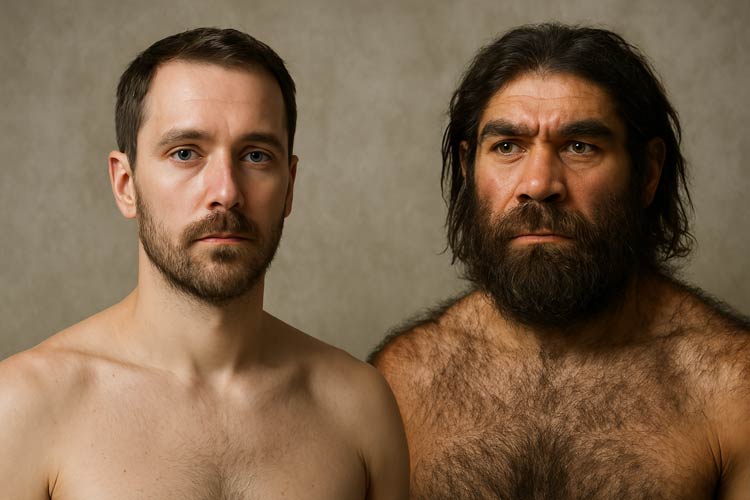
Parasites: the invisible enemy
The savannah is not just sun – it’s also home to parasites. Lice, fleas, and ticks love thick fur, in which they can hide and reproduce. Another theory suggests that hair loss was a way to get rid of these uninvited guests. “Less hair means fewer hiding places,” explains biologist Mark Pagel.
With the development of social life and the building of shelters, our ancestors also began to use fire, which further deterred parasites. Smooth skin became an ally of hygiene and health in communities that strengthened bonds and became more numerous.
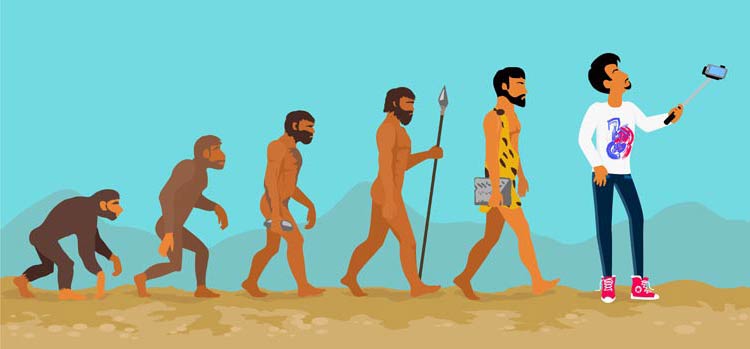
Beauty or pragmatism?
Sexual selection
What if there’s something less practical, something more subtle, behind naked skin? Charles Darwin, the father of the theory of evolution, suggested that smooth skin could be the result of sexual selection. In human societies, attractiveness played a role in mate selection, and the lack of fur could have become a desirable trait – a symbol of health, youth, or simply beauty. Did our ancestors choose each other based on aesthetics? It’s a difficult clue to prove, but it adds an intriguing thread to the evolutionary puzzle.
Although this hypothesis is controversial, it cannot be completely dismissed. After all, evolution is not just about survival, but also about reproduction – and smooth skin could have been what attracted attention in prehistoric “mating rituals.” After all, survival is not everything – what matters is who passes on their genes.
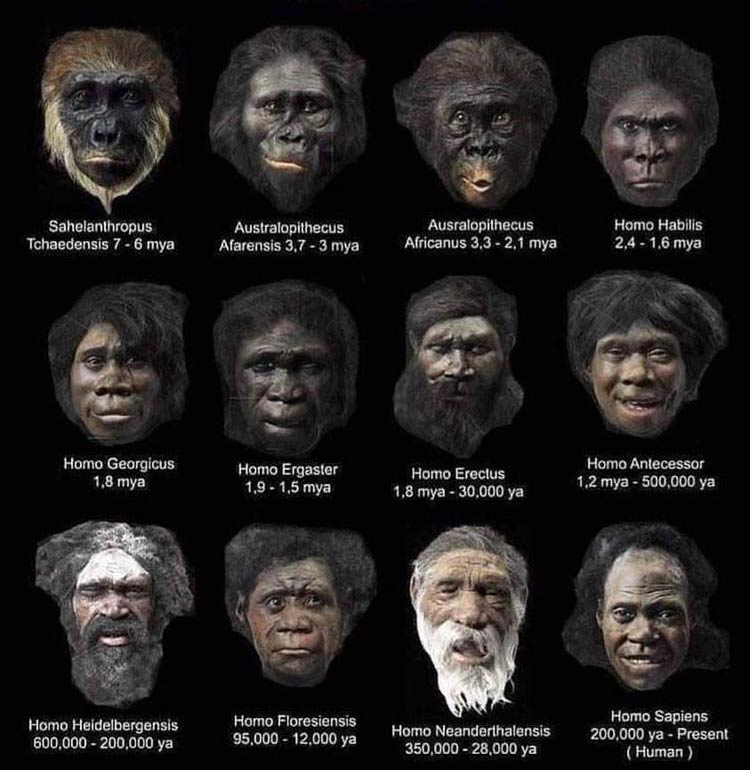
Fire and skin
Humans as inventors
When Homo sapiens began to control fire and produce simple coverings, fur lost its original purpose – protection against the cold. “Why wear fur on yourself when you can take it off when it gets warm?” rhetorically asks anthropologist Ian Gilligan. Clothing made of animal skins was more flexible than natural hair: warm when needed, and unlike fur, easy to remove during hot weather.
This is another argument that the lack of hair was a logical step in our evolutionary journey. Instead of relying on their own fur, our ancestors gained control over their comfort, adapting to the whims of the climate in a way that nature had not seen before.
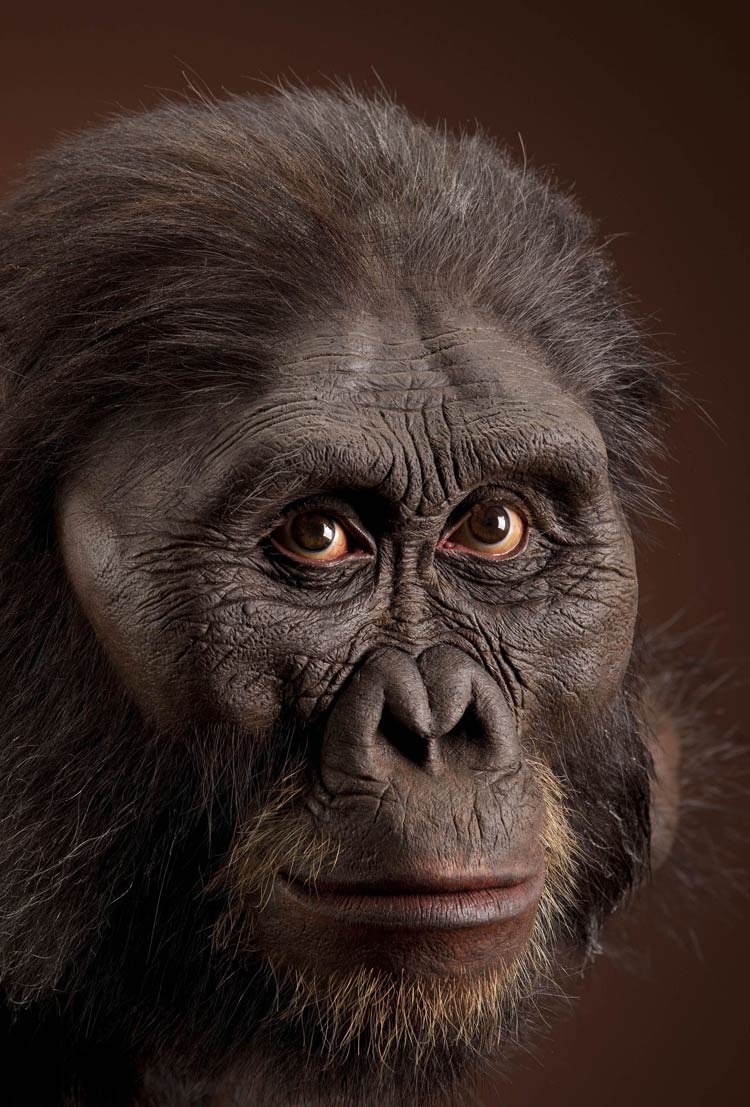
Brain versus fur: nature’s compromise
The price of genius
There is one more clue: our unique brain. Human skulls hide a powerful processor that generates a lot of heat. Dense hair could trap it like a blanket, making cooling difficult. With the development of cognitive abilities – thinking, planning, creating tools – hairless skin could help dissipate excess heat energy.
It’s a kind of evolutionary compromise: less fur for the price of greater intelligence. Nature bet on the mind, and we shed our fur to cool our ambitions. However, let’s not conclude that bald people are more intelligent – that’s too far-fetched a conclusion 🙂
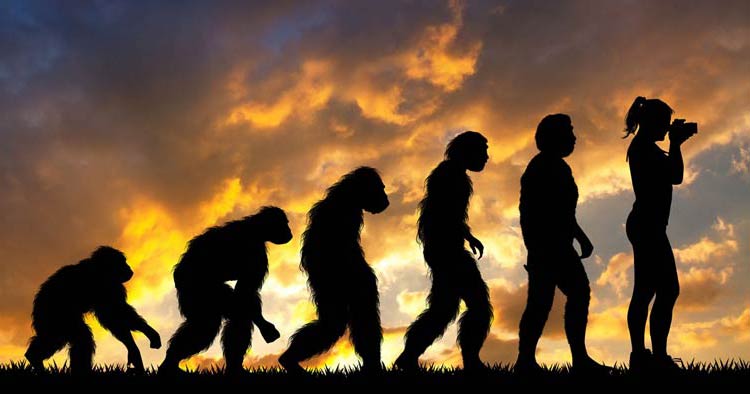
The naked truth about ourselves
The loss of body hair did not happen overnight, but was a process that lasted hundreds of thousands of years. It probably began with our ancestors, like Homo erectus (appeared 1.8 million years ago), and culminated in Homo sapiens. Today, the remnants of our former fur – the down on our bodies or the hair on our heads – remind us of our hairy roots.
Each of the theories – thermoregulation, the fight against parasites, sexual selection, or technological innovations – sheds light on a different aspect of this change. Most likely, they all played a role, intertwining into an extraordinary story of adaptation.
Looking at our reflection in the mirror, we see not only a face, but also a history. The smooth skin of Homo sapiens is proof of how much the environment, lifestyle, and our own choices have shaped us into a being that has conquered the world – without fur, but with unlimited potential, well, maybe not quite unlimited 🙂
